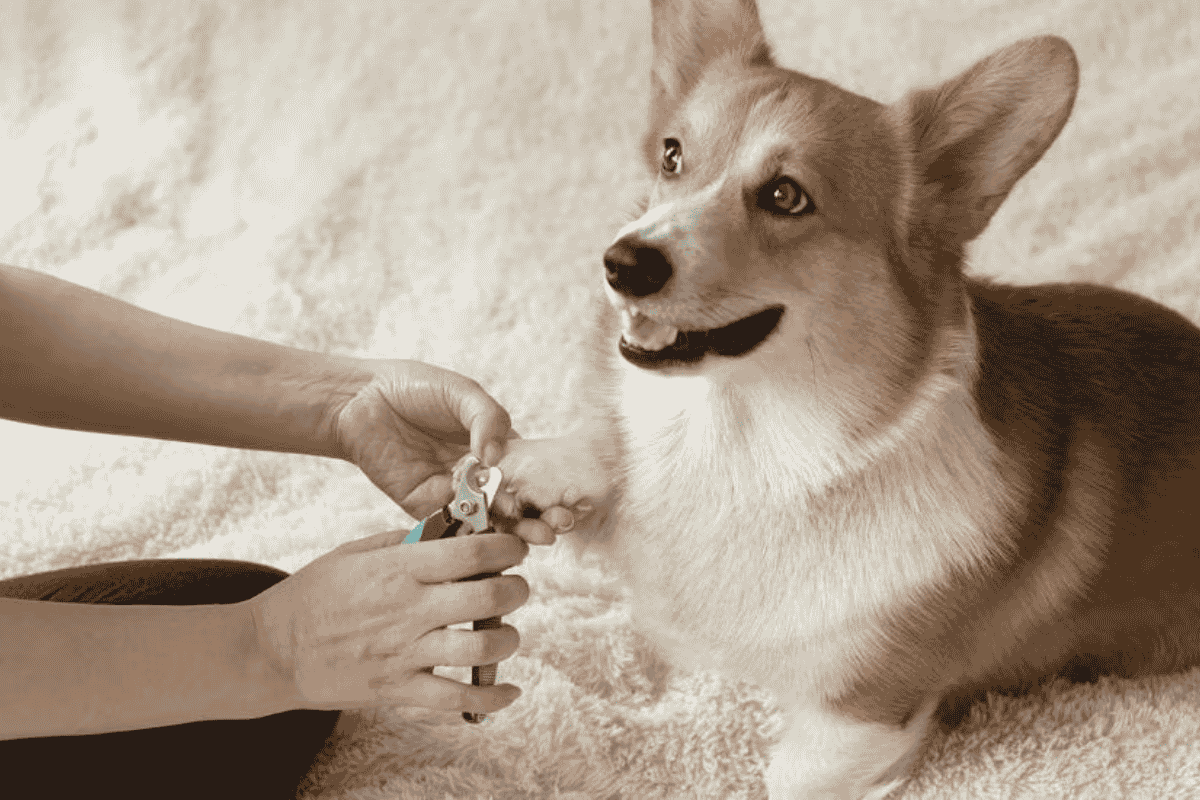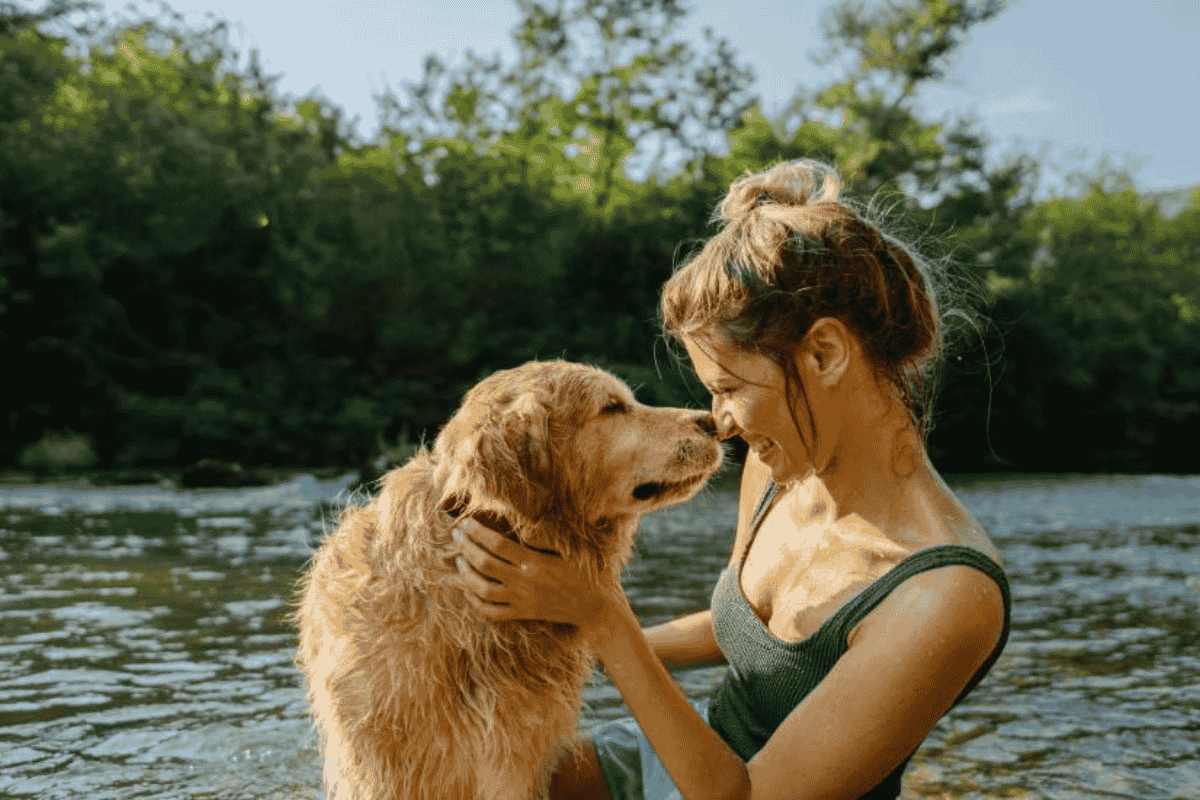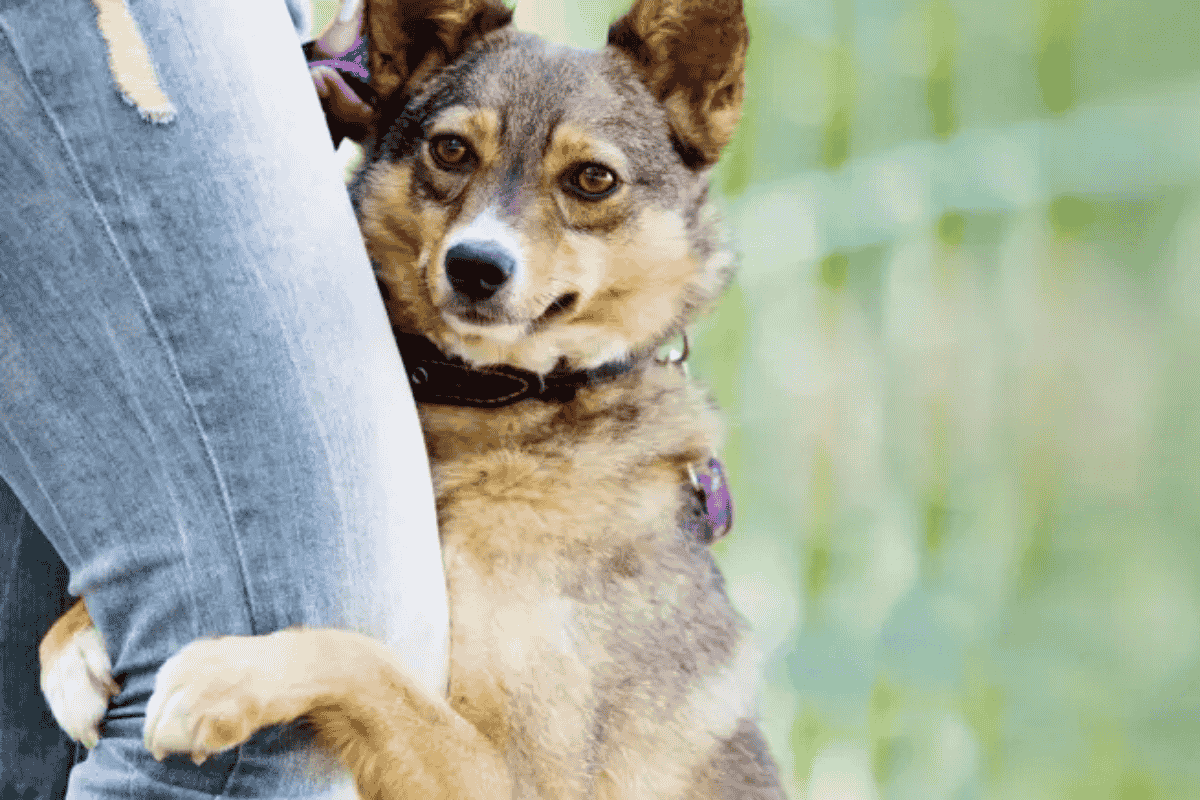1. Pack an Emergency Kit
When preparing for a hurricane, assemble a kit that will sustain both you and your pets for at least a week without power or clean water.
A pet emergency kit should include:
- One week (or more) of food and bottled water
- Pee pads, litter boxes, poop bags, and paper towels
- Medical records, vet contact info, feeding notes, and current photos of your pet
- Toys and treats to reduce stress
- A one- to two-month supply of medications
- Roomy carriers and sturdy extra leashes
- A hand-powered can opener
- A pet-specific first-aid kit
Tip: Never let your pets drink flood water—it’s contaminated and unsafe.
2. Make Sure Your Pet Is Microchipped
A microchip provides permanent identification, making it easier to reunite with your pet if you’re separated. Before hurricane season:
- Get your pet microchipped by a veterinarian.
- Confirm your contact details are current in the microchip registry.
3. Keep Vaccinations Up to Date
Floodwaters can expose pets to diseases like leptospirosis or Bordetella. Make sure all vaccinations are current before hurricane season, and ask your vet if additional vaccines are recommended based on your region.
4. Secure Your Pet’s Medications
Veterinary clinics may be closed after a storm. Pack:
- A 1–2 month supply of your pet’s medications
- Routine preventatives for fleas, ticks, and heartworms
5. Use a Pet Emergency Sticker
Place a rescue alert sticker on your front door to inform emergency responders that pets are inside. This can save lives during hurricanes, fires, or other disasters.
Remember: If it isn’t safe for you to stay, it isn’t safe for your pets either. Never leave them behind.
6. Choose a Designated Caregiver
Pick a trusted neighbor, friend, or family member as a backup caregiver. Provide them with your pet’s routine, food, and medication details in case you’re unable to care for them during the emergency.
7. Locate Pet-Friendly Evacuation Centers
Not all shelters accept animals. Contact local authorities, veterinary hospitals, or FEMA for information on pet-friendly centers. Confirm options in advance—don’t wait until evacuation is necessary.
8. Keep Pets Safe When Evacuating
During evacuations:
- Place cats and small dogs in carriers, with their medical info attached in an envelope.
- Keep large dogs leashed or crated for safety and quick transport.
9. Prepare for Possible Injuries
Storms can cause injuries. To stay ready:
- Keep a stocked pet first-aid kit handy.
- Identify local emergency veterinary hospitals.
- Expect longer wait times at clinics post-disaster.
10. Keep Pets Calm During the Storm
Hurricanes are frightening for pets. If your pet uses anti-anxiety medications during normal storms, stock up beforehand—they’ll likely need them during a hurricane. Comfort items like toys, blankets, or calming treats may also help.












